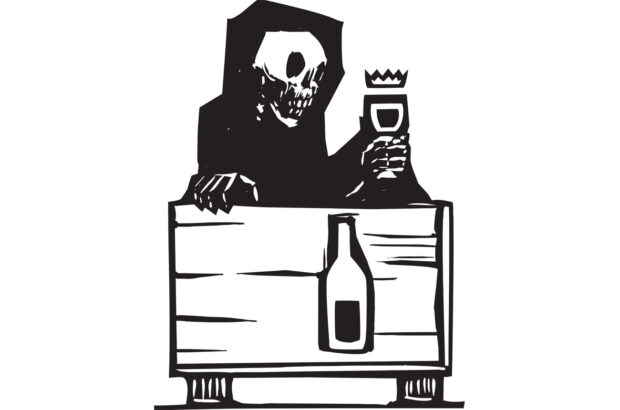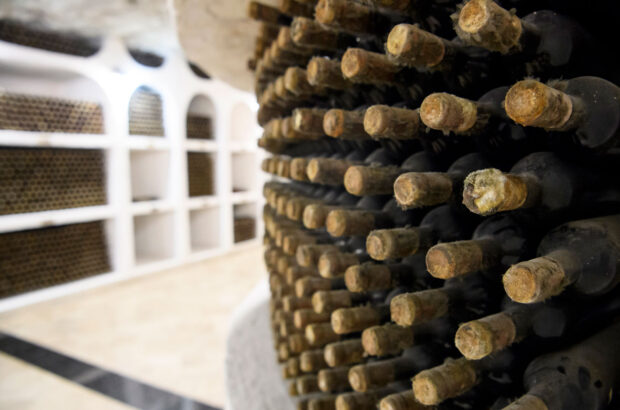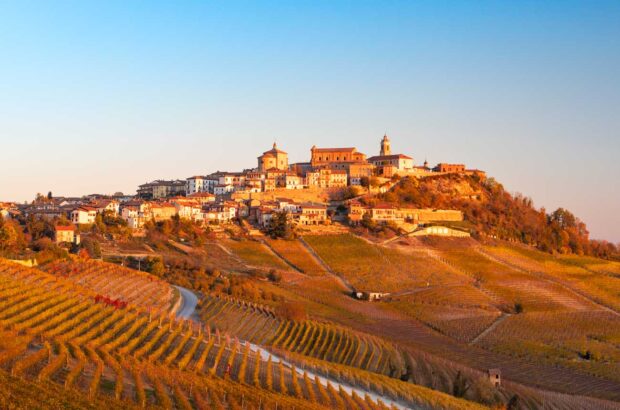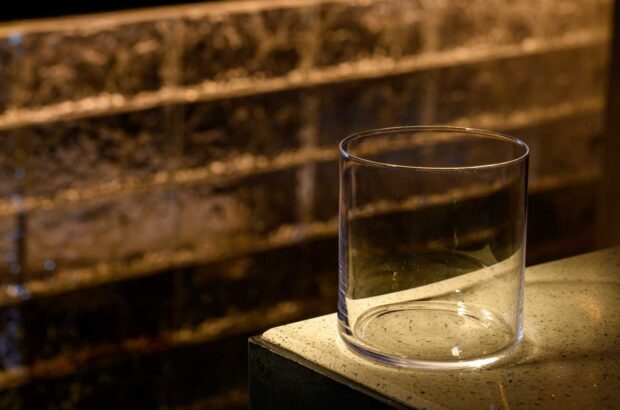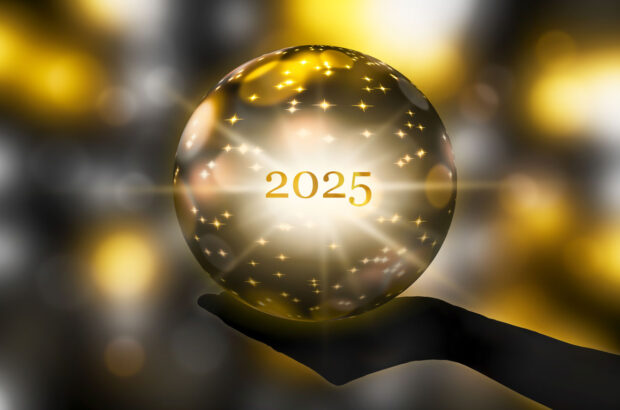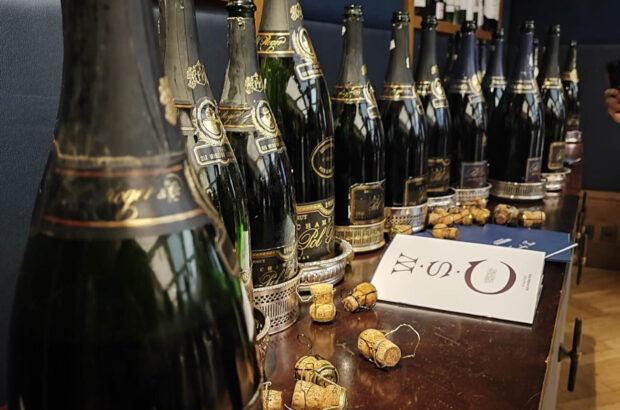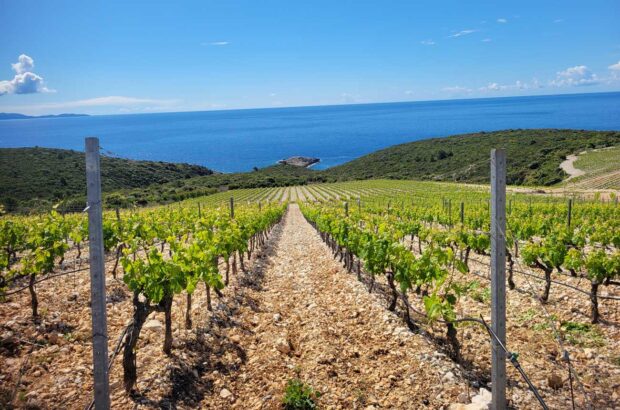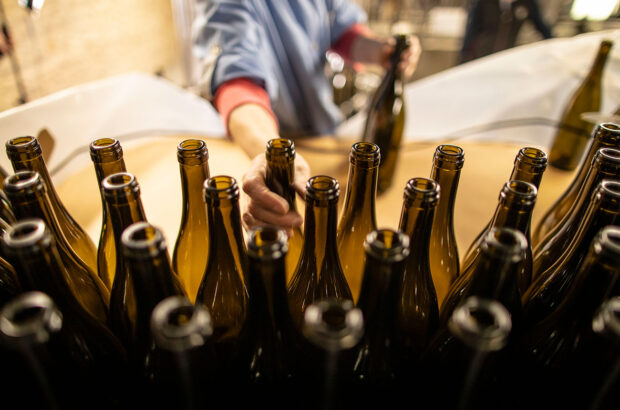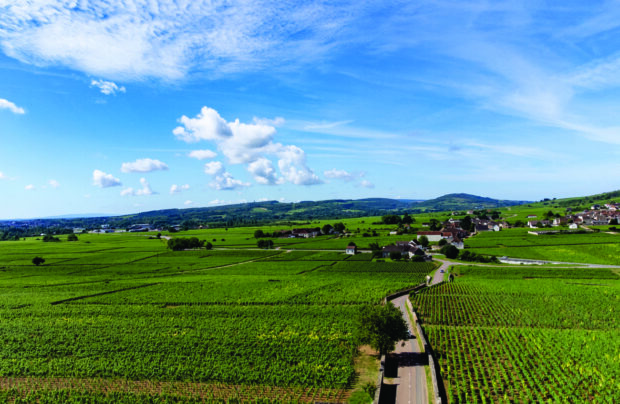Here’s why. I’ve loved wine for 50 years. If I’d done nothing but sit at home and drink it, that love would have been a consuming hobby, a lifelong infatuation. What wine and I have is more than that. We have a serious relationship, by which I mean love based on respect and understanding. Agreed, wine has been my work… but you can have a relationship of this sort, too. Just go there. Look around. Stand in the landscape. As the vines stand in it, remember, winter and summer, 24 hours a day, year in and year out.
Simple things like the relationship of the sky to the land beneath will then strike you with overwhelming force. Compare the Médoc, for example, to the Côte d’Or. The Médoc is hugely open – nothing interrupts the horizon. The land rises and falls like a gentle ocean swell. You gaze down to the vast estuary to one side; you’ll discover (as you head for a shellfish feast at Arcachon) the vaster Atlantic to the other. It’s a place of light – and of watery exchanges, of constantly moving air.
Whereas in the Côte d’Or you’re constantly aware of a brooding, superintending shoulder of stone and soil dominating a low, wide valley. The heft of the hill is ubiquitous. Ventilating side valleys come and go. The forest on top of the hill rises and falls – and soon you’ll be puzzling over why vineyards start high in some places and lower in others. The top-slope/mid-slope/bottom-slope rhythm (equating to a topographical drama in which the shifts between regional, village, premier cru and grand cru land are played out) becomes quickly obvious, and with it the difference in quality between the wines. A village wine is often a mouthful of valley bottom. Of course!
Back to Bordeaux. After the Médoc, you visit Pessac-Léognan – and you’ll move from a Dutch landscape composed of sky and water to a Fontainebleau sort of place, often some kind of a clearing in the forest. It’s cooler. Suddenly you grasp why Pessac-Léognan is split between white wine and red, and why those Pessac-Léognan reds can be half-Cabernet, half-Merlot. You get it.
Ditto in St-Emilion, when you see languid Château Cheval Blanc snuggling up against the plump plateau of neighbouring Pomerol; a contrast to the bright, airy lift of Château Canon way up above – or hermit Ausone on its stony perch, peering loftily down at the sandy valley-bottom properties near the Dordogne. You’ll fathom weight, balance and nuance of flavour in a way that you can never do by reading piles of tasting notes.
Meet growers; listen to them talk. This, too, will shed light on what’s in the bottles. Head for Alsace, and you might meet philosophical, emotional Philippe Blanck; the hyper-articulate theorist Jean-Michel Deiss; thoughtful, prescient Olivier Humbrecht MW; watchful, reflective Jean Boxler; enthusiastic Jean-Christophe Bott; or astute Pierre Gassmann, pouring sample after sample in his astonishing, rock strewn Xanadu-like tasting room. You’ll never forget them.
You’ll also learn from eating, from the way that food is handled and presented in a region. The language of local dishes is what local wines are derived from and designed for: they dance together. Even less tangible things like the style of the buildings and the local materials they are built from, the way clouds gather, wind blows or rain falls, the shift in daytime and nighttime temperatures, and the savagery of the broader biotope (a particular feature of Languedoc and the Rhône, for example): you’ll recall all of this, and whenever you taste a wine from that region in the future, your lived knowledge will come back to you.
Yes, tasting and drinking is wonderful. Coming to understand why a wine tastes as it does by a personal, physical experience of landscape, though, deepens and ballasts that pleasure.
In my glass this month
Even for ‘us pros’, buying wine is a punt. Sometimes it comes off; sometimes it doesn’t. A punt I’m super-happy with is the Roagna, Langhe Rosso 2015 I bought a few years ago (for a total of £31.59 a bottle delivered from Justerini & Brooks, now £39.20). It’s a blend of young-vine fruit from Pajè vineyard in Barbaresco and Pira in Barolo, classically and impeccably aged. Sumptuous, silky and serene: Nebbiolo bliss.




